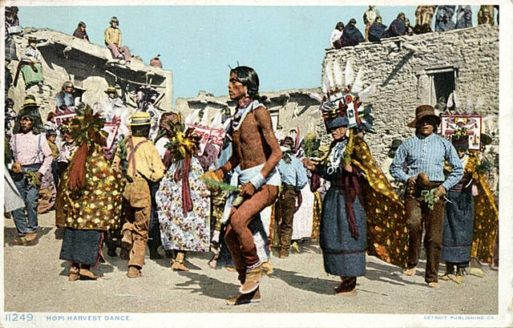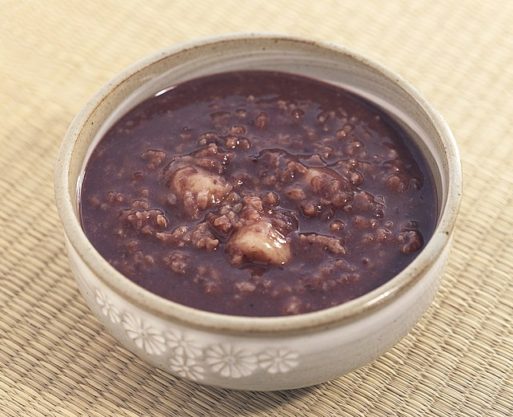
Source: Pexels
The winter solstice is an event that occurs on December 21st of every year. On this day, the Northern Hemisphere experiences its shortest day and longest night of the year. But it’s more than just a physical event.
Cultures across the globe venerate the winter solstice. It’s a time of slowing down and recharging. It’s also a time when polarities engage in a dance. Darkness and light, death and rebirth, and introspection and reflection are all at play on this day.
It’s a time when our inner space becomes central. And under the shadow of the longest night of the year, it can be a time for feeling our grief. But as the old adage goes, the night is darkest before dawn. The winter solstice is also a pivot point from a steadily growing darkness into a steadily growing light. A similar pivot point can take place in the grieving process. Part of grieving is feeling the pain of letting go. But fully letting go can eventually shift into a gateway for rebirth. The winter solstice can be a fruitful time to look at what we’re ready to release and ready to rebirth.
One way to ensure we honor this sacred time is through ritual. And luckily, cultures throughout space and time have built rituals for this event. Let’s take a look at how they celebrate.
Five Winter Solstice Traditions That Incorporate Grief
St. Lucia’s Day
This Scandanavian holiday marks the beginning of the Christmas season. It’s also marked by grief. According to Brittanica, St. Lucia was a Christian martyr who was executed by the Romans in 304 CE due to her virginity vow. This tradition arose in her honor.

Swedish singers perform on Saint Lucia’s Day.
Source: Wikimedia Commons
Celebrated on December 13th (the winter solstice on the old calendar), St. Lucia’s day is now a festival of lights and singing. Candles, bonfires, and songs are meant to bring hope and light to the darkest time of the year.
Soyal
This Hopi tradition lands on the night of the winter solstice. The Hopi use ceremonies to call the sun back from its winter slumber. These can involve elaborate dances that symbolize the struggle between darkness and light.
Some rituals are held in underground chambers called kivas. During these rituals, the Hopi honor their benevolent spirit guardians called kachinas. One of the main reasons for the rituals is to resurrect the sun from its long slumber.

Hopi tribe members dance for the harvest.
Source: Wikimedia Commons
This is also a time for planning and intention setting. According to some sources, the Hopi believe that everything that will play out during the year will be due to the preparations at Soyal.
Newgrange Gathering
Newgrange is one of Ireland’s oldest monuments. Built over 5,000 years ago, before Stonehenge and the Great Pyramid of Giza, Newgrange is a massive stone tomb. And during every solstice, the sun lines up just right to project a beam of light throughout the corridor.
Local expert Michael Fox told the National Geographic,
“Archaeologists have classified Newgrange as a passage tomb, but it is more than that. ‘Ancient temple’ is a more fitting label: a place of astronomical, spiritual, and ceremonial importance.”
But even at the passage tomb level, this signifies a dwelling where beings travel from this realm to the otherworld. It signifies a great transition, of moving through the grief of losing your worldly identity and opening into a whole new reality. This could be represented by the light fully entering the temple during the darkest time of the year.
Every year, local schoolchildren draw 50 names from a lottery and the winners get to witness this phenomenon from the inside of the monument.
Kakunupmawa Ceremony
Kakunupmawa is a ceremony celebrated by the Chumash tribe around the winter solstice. During this festival, the Chumash gather to pray for winter rains and they celebrate the journey of ‘Old Man Sun.’ The solstice marks the beginning of the journey of Old Man Sun as he carries his torch across the sky throughout the year.
But Kakunupmawa is also a time for honoring those who have passed on. The ancient Chumash would erect feathered poles and place them in special shrines or ‘grave shrines’ to celebrate deceased loved ones during this special time of year.
Dongji
Dongji is a Korean celebration that focuses on a dish called patjuk. Patjuk is a red bean porridge that contains balls made of rice. According to the Los Angeles Times, the rice balls are said to represent bird eggs, which are a symbol of rebirth.

Korean red bean porridge called patjuk is served on the solstice.
Source: Wikimedia Commons
The red beans are thought to bring yang energy, which counteracts the yin energy of winter. They’re also thought to ward off evil or negative energies that can arise in the darker times of the winter solstice.

 The Winter Solstice as a Portal for Healing Grief
The Winter Solstice as a Portal for Healing Grief


 National Donate Life Month Reminds Us To Give
National Donate Life Month Reminds Us To Give
 How Dare You Die Now!
How Dare You Die Now!
 Debating Medical Aid in Dying
Debating Medical Aid in Dying














